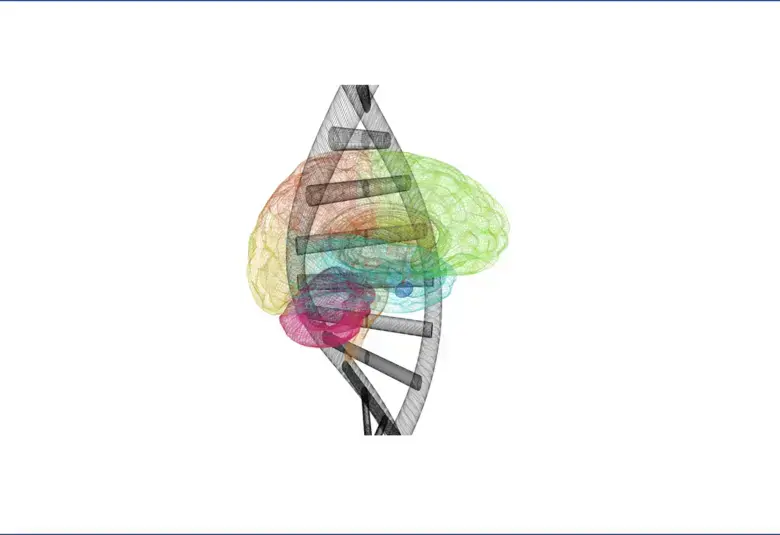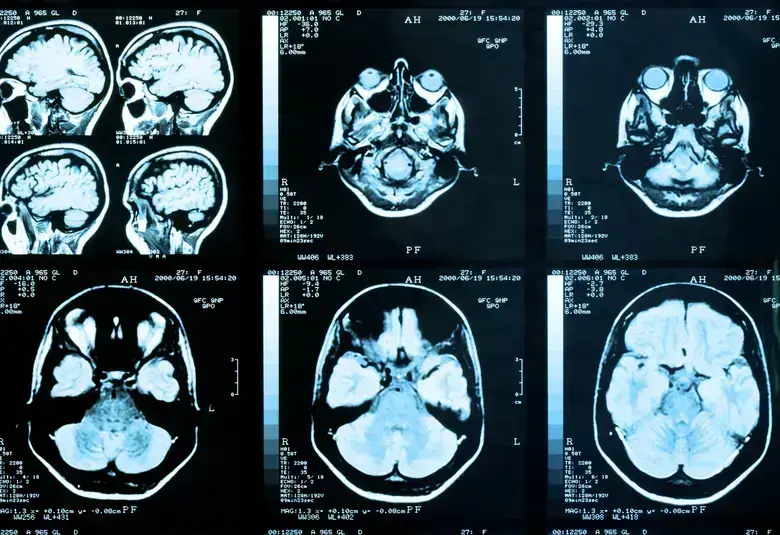Asking people what they most want from depression treatment, treating to target, measurement-based care, and a comprehensive approach to comorbidities can all improve outcome. We learn ever more about the biological substrates of the disorder – but applying what we already know is just as important.
Properly treating major depressive disorder (MDD) requires a 360-degree, long-term view of the patient. See the whole individual, tailor treatment to them, intervene early, and intervene broadly. Professor Maj Vinberg (University of Copenhagen, Copenhagen, Denmark) gave this clear message at an ECNP 2019 satellite symposium which addressed issues encountered in the everyday management of this disabling condition.
As is argued in the 2019 Lancet Psychiatry Commission’s blueprint on protecting physical health in people with mental illness,1 we should adopt a multidisciplinary approach to comorbidities. Better sleep, taking more exercise, and adopting good lifestyle habits can prevent relapse: psychological and physical health go hand in hand.
Contemporary treatment targets involve restored function
A clarion call: recognize and act
Professor Vinberg also drew attention to the large, recent meta-analysis of prospective cohort studies showing that higher levels of physical activity are consistently associated with a reduced risk of developing depression.2 Exercise need not mean running ten miles a day. Doubling our daily number of steps can make a difference, she said.
The large audience then responded to a question – put by Mark Opler (New York University School of Medicine, New York, USA) -- on how often they asked about their patients’ treatment goals. Though 41% said usually, only 26% said always.
As long ago as 1968, Thomas Kiresuk and Robert Sherman argued that treatment should be guided by a systematic attempt to define individual patient goals and measure progress towards achieving them.3 This approach is based on questions about what bothers patients most, what they most wish to accomplish over the next 8-12 weeks, how they would assess progress, and what success would look like.
Ask more about patient goals
Use of the goal attainment scale in MDD was advocated by Professor Opler, and there is initial evidence of patient interest.4 Patients want their lives back, he said. We need to understand what they were before they became depressed and help them become that again.
We need to understand what people were like before they became depressed and help them become that again
Clinicians should become better at ascertaining patient goals. And we can also be better at measurement-based care, Professor Opler continued. Back in 2012, the randomized COMET trial showed that patients whose severity of depression was regularly communicated to their physicians (who were free to adjust therapy) were twice as likely to become responders as patients whose physicians were not given this information.5
If the first epidemiological transition was the morbidity burden switching from communicable to non-communicable diseases, the second transition – which we are now experiencing – is depression becoming the world’s leading cause of disability. Session moderator Roger McIntyre (University of Toronto, Toronto, Canada) said that the staggering number of people affected by MDD required a clarion call to action.
Transitions in epidemiology
We can increasingly unravel the neurobiology of depression and begin to understand why those affected have so many other disorders. There is more to understand, of course. But a major unmet need is the better implementation of what we already know about the importance of patient-centered outcomes, the value of collaboration with patients, and the need to treat to target, said Professor McIntyre.
Reward and cognition pathways are interlinked
In considering aspects of depression that patients find troubling, Maj Vinberg had drawn attention to cognitive impairment. And we know that cognitive function decreases with each episode of MDD. 6 Professor Vinberg also drew attention to anhedonia, and the fact that clinicians often do not give it the importance it deserves.
The Snaith-Hamilton Pleasure Scale (SHAPS)7 is a clinical measure assessing reduced ability to feel pleasure, and its use was endorsed by Professor McIntyre. As with cognitive impairment, disturbances of reward are found across many mental health disorders. Fatigue and loss of interest seem to be part of an underlying neuropathology.
He distinguished between anticipatory pleasure, or “wanting”, which seems related to dopamine pathways, and the opioid and cannabinergic pathways involved in “liking”. And he noted that any anticipation depends on learning, and hence cognition. So the reward and cognition pathways are interlinked.
The symposium was organized by Medscape Psychiatry through an educational grant from H. Lundbeck A/S.
Our correspondent’s highlights from the symposium are meant as a fair representation of the scientific content presented. The views and opinions expressed on this page do not necessarily reflect those of Lundbeck.




